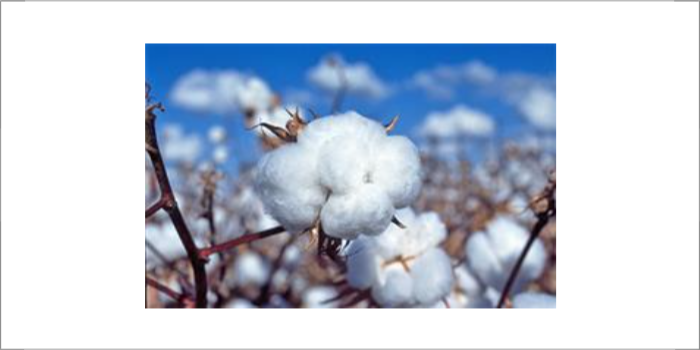
India imposes duty on cotton imports
On February 1, Nirmala Sitharaman, Union Finance Minister of India introduced the Indian budget for the financial year 2021-22.
On February 1, Nirmala Sitharaman, Union Finance Minister of India
introduced the Indian budget for the financial year 2021-22.
The budget is built on six pillars that focus on: 1) Health and
Wellbeing; 2) Physical & Financial Capital, and Infrastructure; 3)
Inclusive Development for Aspirational India; 4) Reinvigorating Human Capital;
5) Innovation and R&D and 6) Minimum Government and Maximum Governance.
As a move to support farmers, government will impose a 10 per cent
custom duty on cotton imports, which has been nil at present. While the budget
has received positive feedback from the textile sector, spinning sector is
feeling the pinch due to the duty on imported cotton.
The budget supports boosting the textile sector and enhancing its global
competitiveness with investments for mega investment textile parks. Seven
textile parks will be established within three years. To enhance the manmade
fibre sector, import duties on raw materials like nylon fibre and yarns, nylon
chips and caprolactam have been reduced from 7.5 to 5 per cent. This duty
structure is similar to polyester and other manmade fibres. Duty on raw silk
and silk yarns will be increased from 10 to 15 per cent.
India’s textile sector for fine count spinning has been importing cotton
from countries like Egypt and imposing duty may affect the competitiveness of
the spinning sector. Countries like Vietnam and Bangladesh have been doing well
in garments exports to United States and Europe, and this duty may negatively
impact the Indian spinning sector and the value chain.
“Overall, the budget has positive aspects but for the custom duty on
cotton imports,†stated, Gandhiraj Krishnasamy, General Manager of
Coimbatore-based Lakshmi Card Clothing, 40 years veteran in the textile
sector. “Indian industry needs scale to compete against other countries,†added
Gandhiraj Krishnasamy.
Jayalakshmi Textiles, which has about 70,000 ring spindles and
spinning fine count yarns has started recently importing Egyptian Giza cotton
as its price was competitive against Indian DCH-32. In fine count yarns,
customers are demanding the use of imported cotton and hence this industry has
recently purchased about 500 tons of Giza cotton. “Custom duty on cotton may
add pressure to the Indian spinning sector,†stated Velmurugan
Shanmugam, General Manager of Aruppukkottai-based spinning mill, whose
average yarn count is about 70s Ne.
The budget is in the right tract with enhancing the domestic sector in
terms of value-addition, agriculture, and innovation. The custom structure on
cotton puts emphasis on the Indian cotton sector to focus on research, quality
enhancement, contamination reduction and build the overall infrastructure.
By Seshadri Ramkumar, Professor, Nonwovens & Advanced Materials Laboratory, Texas Tech University




